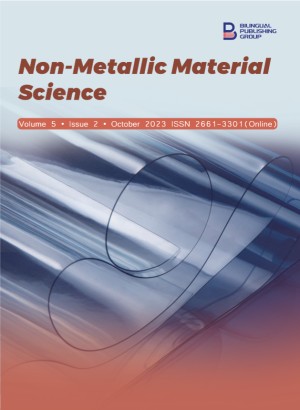-
251
-
239
-
223
-
217
-
136
Non-Metallic Material Science publishes research on Chemical Materials (non-metallic), with emphasis on processing, characterization, design, modeling, and applications, to develop novel materials and their utility in various industries.
Aims to publish cutting-edge information, Non-Metallic Material Science encourages more scientists to submit their work focusing on Polymeric, Ceramic, Dental, Semiconductor, and Battery Materials, etc. The combination of materials and technologies in multiple industries provides more practical possibilities for high-level utilities of non-metallic materials.
The scope of the papers in this journal includes, but is not limited to:
- Polymeric Materials
-Natural polymers, naturally found in plants and animals
-Synthetic polymers, can be human-made - Polymer-Ceramic
- Dental Materials
-The properties or performance of dental materials and their application in the clinic
-Temporary dressings, Dental cement, Impression materials, Lining materials, Dental restorative material
-The reaction of host tissues to materials - Semiconductor Materials Properties and Application
- Battery Materials focus on Polymer-based Solid Electrolytes
- Non-Metallic Materials Processing and Technologies
- Lipid nanoparticles (LNPs)






